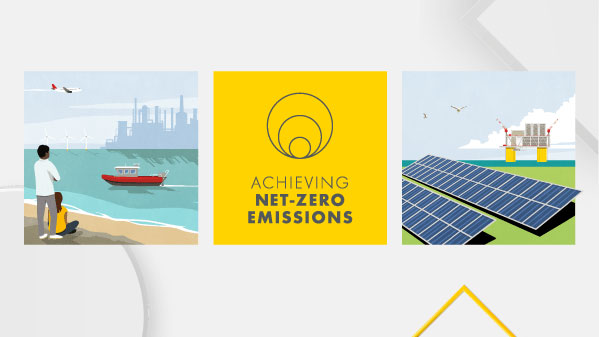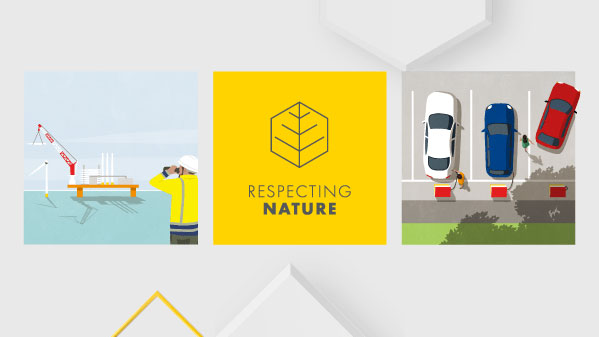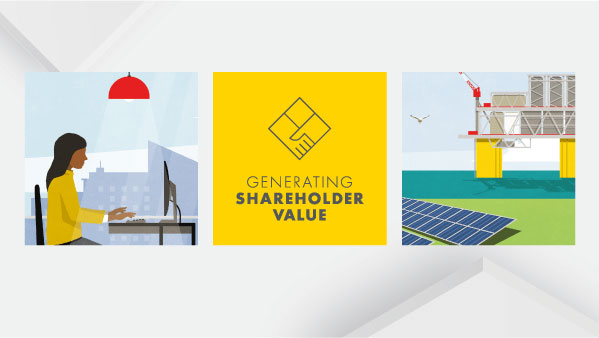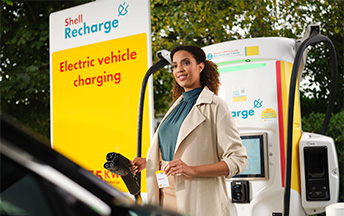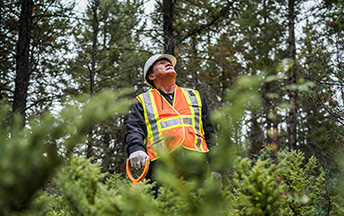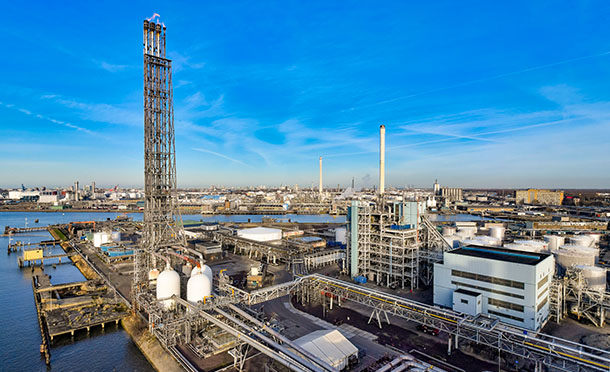Flaring
Powering progress
We have committed to eliminate routine gas flaring from our Upstream-operated assets by 2025.
We are working to reduce flaring, which is inefficient and contributes to climate change. Routine flaring of gas occurs during normal oil production if it is not possible to use the gas or reinject it into the well. In 2021, we brought forward our target to eliminate routine flaring from our Upstream operations to 2025 from 2030. This accelerates our commitment of 2015 to end routine flaring as a signatory to the World Bank’s Zero Routine Flaring by 2030 initiative.
Flaring performance
Flaring of gas in our Upstream and Integrated Gas businesses contributed around 6% to our overall direct greenhouse gas emissions in 2022.
Flaring – upstream hydrocarbons flared [A]
Million tonnes
In 2022, 0.8 million tonnes of hydrocarbons were flared, which is down from 1.3 million tonnes in 2021. Also in 2022, routine hydrocarbon flaring was 0.1 million tonnes, a decrease from 0.2 million tonnes in 2021.
Flaring – upstream CO2 equivalent [A]
Million tonnes CO2e
In 2022, around 10% of greenhouse gas emissions from flaring occurred at facilities where there was no infrastructure to capture the gas, down from around 17% in 2021. Overall flaring decreased to 3.0 million tonnes of carbon dioxide equivalent (CO2e) in 2022 from 4.5 million tonnes of CO2e in 2021.
Around 50% of flaring in our Upstream and Integrated Gas facilities in 2022 occurred in assets operated by the Shell Petroleum Development Company of Nigeria Limited (SPDC) and Shell Nigeria Exploration and Production Company Limited (SNEPCo). There were reductions in flaring from SPDC-operated facilities of around 45% in 2022 compared with 2021. This was due, in part, to a shutdown of the Trans Niger Pipeline and the handover of operations in OML 11. In addition, flaring at SNEPCo-operated facilities decreased by around 60% in 2022 compared with 2021. This reduction was because a large amount of gas was flared in 2021 at the Bonga offshore production facility, as the facility continued to produce oil while repairs were being made on the gas export line.
Read more about our flaring reduction commitment at www.shell.com/inside-energy/zero-routine-flaring-by-2025.


